Japan’s relationship with the sea is one of intimacy, reverence, and extraordinary culinary creativity. While many travelers arrive seeking the iconic — sushi, sashimi, and tempura — those who dive deeper discover a lesser-known world of ocean delicacies that are as nuanced as they are unforgettable. Among these are rare and refined flavors that may not immediately stand out on a menu, but they speak to Japan’s understated elegance in food culture.
The Philosophy Behind Simplicity
Japanese cuisine often celebrates minimalism — not for lack of ambition, but as a reflection of respect for each ingredient’s natural integrity. Dishes like kaiseki and omakase don’t just present seafood as food, but as a story of the environment, the season, and the chef’s sensibility. This culinary philosophy demands not only technical expertise but also restraint — knowing when to let the ingredient speak for itself.
In this quiet conversation between cook and ocean, certain elements rise to the surface. Not always flashy, but memorable. And sometimes, it’s these unassuming treasures that linger longest in our taste memory.
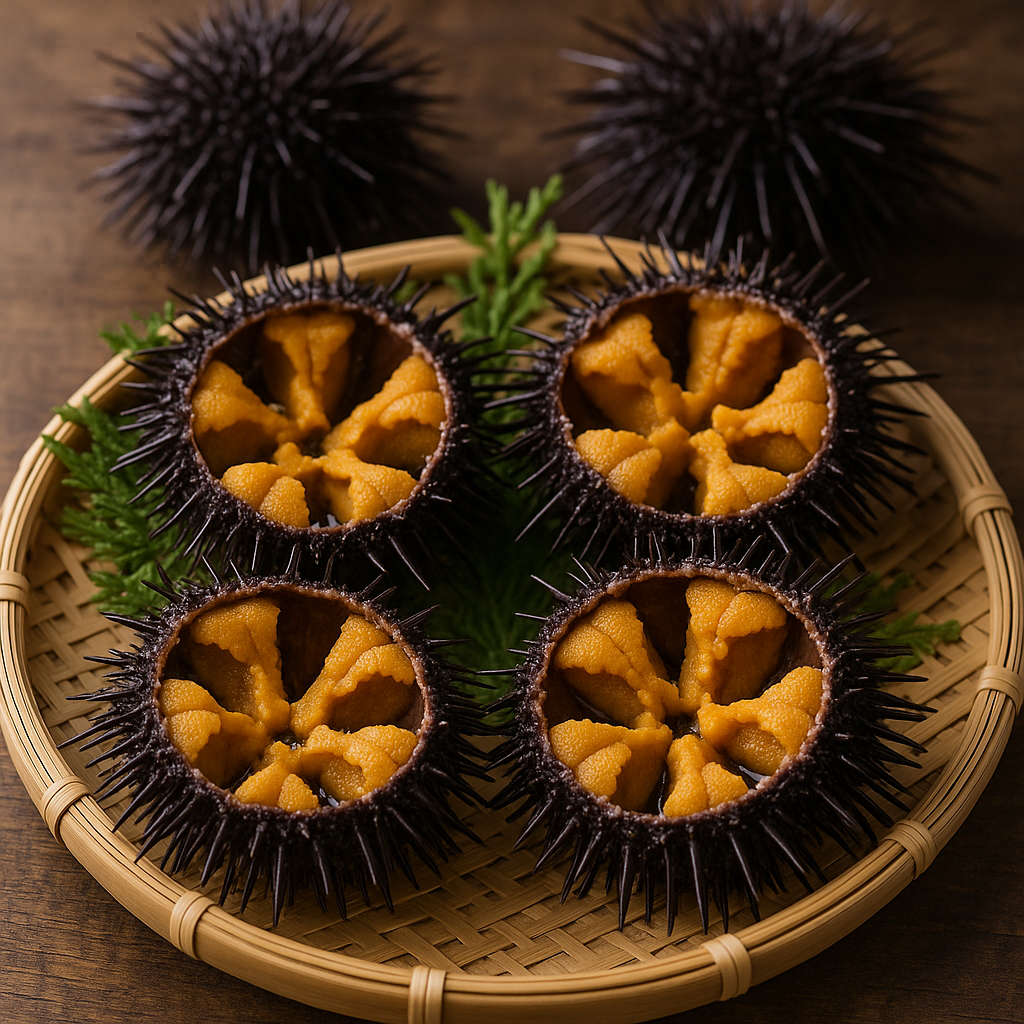
Unearthing the Unexpected
On a windswept morning in Hokkaido, fishermen gather at a small dockside auction, buckets lined with translucent shells and briny water. Among the usual catches lies something less recognizable to outsiders — spiny orbs, encasing something golden. It is here, in fishing towns like Rausu or Wakkanai, where locals understand the value of seafood not just by volume or familiarity, but by character.
This is the home of one of Japan’s most prized delicacies: uni. Often misunderstood or overlooked by first-time tasters, uni is sea urchin roe — a silky, oceanic delicacy with an almost custard-like texture. Far from ordinary, it carries a taste that is both bold and ephemeral — a fleeting burst of the sea, sunshine, and tide.
While many associate uni exclusively with sushi, its versatility has led chefs to explore new applications — from creamy uni pasta in Tokyo’s modern bistros to butter-tossed scallops crowned with a dollop of fresh roe in coastal izakayas. For those curious about its variety, seasonal quality, and how to source the best, Fulton Fish Market offers an informative essential guide to uni, which breaks down flavor profiles, grading, and sourcing tips for adventurous seafood lovers.

When Ocean Meets Artistry
To understand Japan’s deeper connection to seafood, it’s essential to look beyond the fish and examine the cultural symbolism in preparation. Uni, for example, is often used sparingly — not because of its scarcity alone, but because its flavor is so dominant, it only needs the gentlest framing.
In Kyoto, a piece of uni may be set on a bed of rice and wrapped with crisp nori, no soy sauce needed. The intention is not just taste but texture — the contrast between the cool, creamy uni and the warm rice highlights the care behind temperature and mouthfeel. In Okinawa, uni might be infused into broth for its umami richness, transforming a simple soup into a meditative experience.
Modern Japanese chefs are also reinterpreting the traditional. Uni ice cream, uni toast, and even uni cocktails have emerged in fine dining scenes in cities like Osaka and Fukuoka. Yet, despite these creative spins, the root philosophy remains the same: the ingredient comes first, and everything else supports its story.
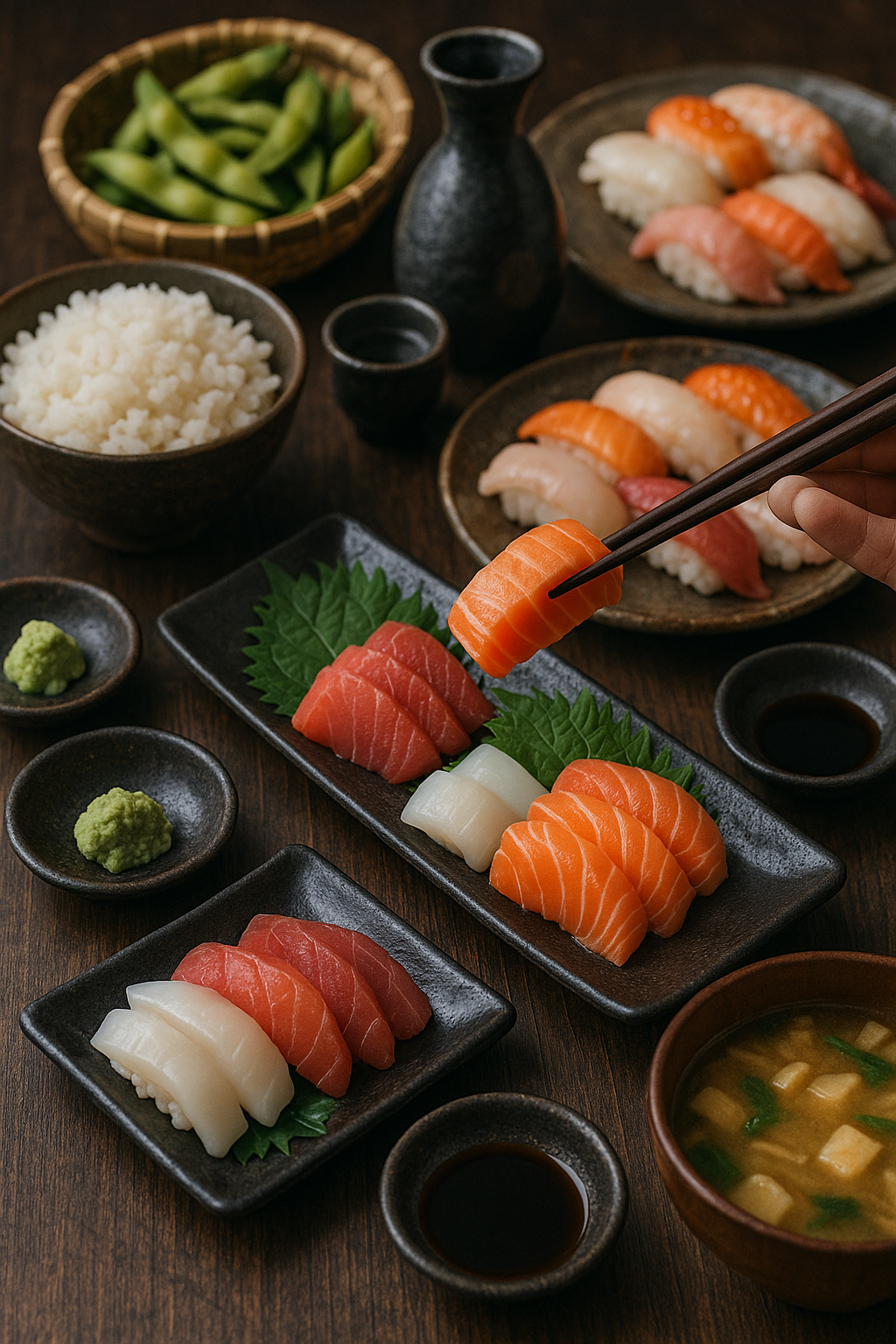
The Tides of Sustainability
Japan’s growing awareness of marine conservation has started to reshape how certain seafood is harvested and enjoyed. From community-based fishing cooperatives in Iwate to technological innovations in sustainable aquaculture, the emphasis is shifting toward ethical sourcing — ensuring the delicate ecosystem of marine life continues to thrive.
Sea urchins, particularly, play a critical role in kelp forest ecosystems, and overharvesting can lead to imbalance. This is why seasonal harvesting, traceability, and knowledge about origins — such as what’s presented in educational resources on seafood platforms — are becoming increasingly important. Conscious consumers now not only seek flavor but also traceability and environmental impact in what they eat.
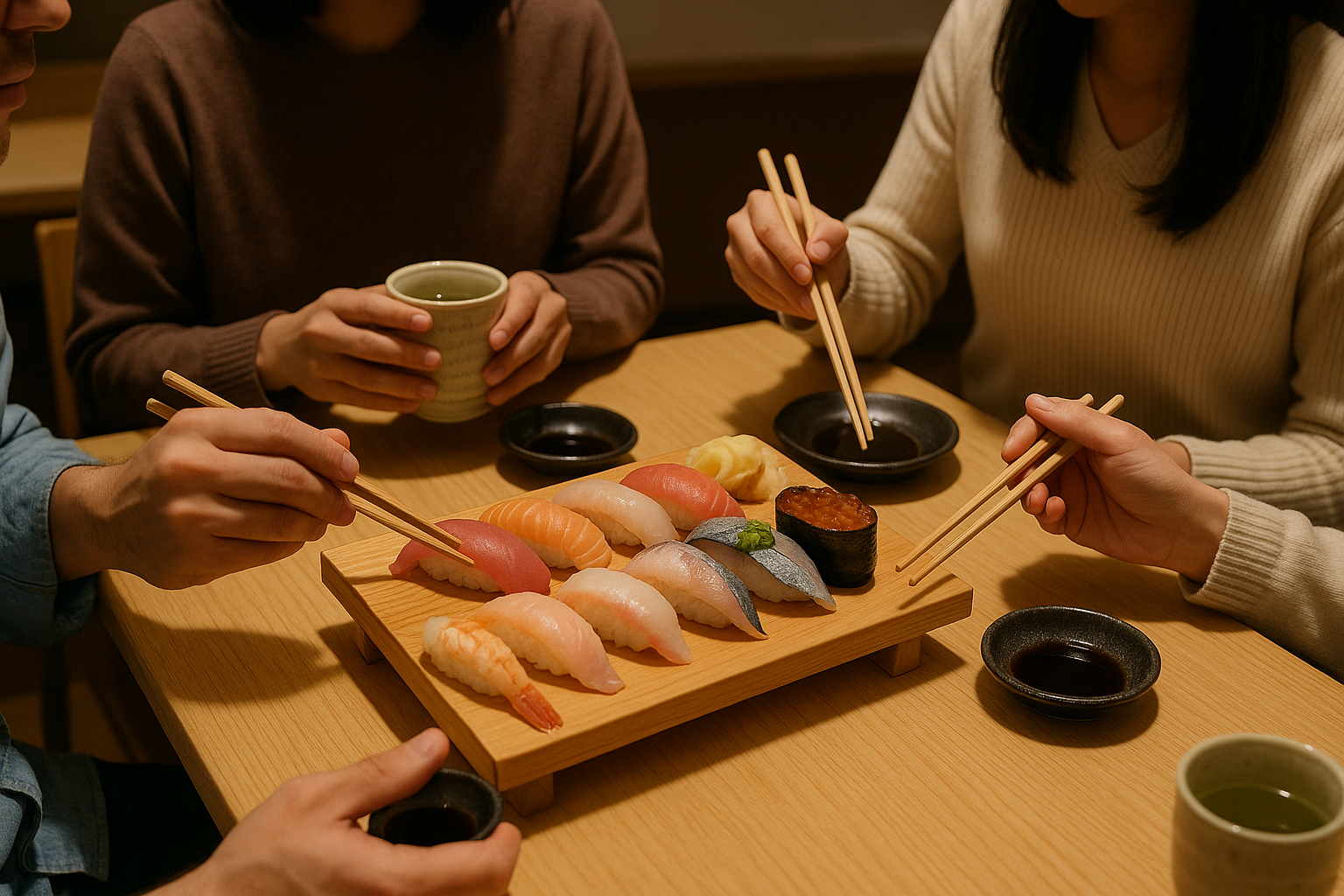
A Tasting Memory, Not a Trend
In Japanese food culture, memory often matters more than novelty. The seafood that lingers is not always the flashiest; sometimes it’s the dish that feels like an intimate secret shared by the chef and the sea. Uni is one such memory-maker. For those who have tasted it fresh — caught just hours before, opened with care, and served with silence — it becomes less about the ingredient and more about the experience.
For travelers and food lovers exploring Japan’s coastline, discovering these quiet luxuries offers more than culinary delight. It’s a window into the nation’s soul — a reminder that food is not just about sustenance, but a bridge to place, people, and philosophy.
As you walk through markets in Tsukiji, sample small plates in Kanazawa, or dine quietly in a sushi-ya in Sapporo, remember to slow down and listen. Some of the sea’s most powerful messages come in whispers.

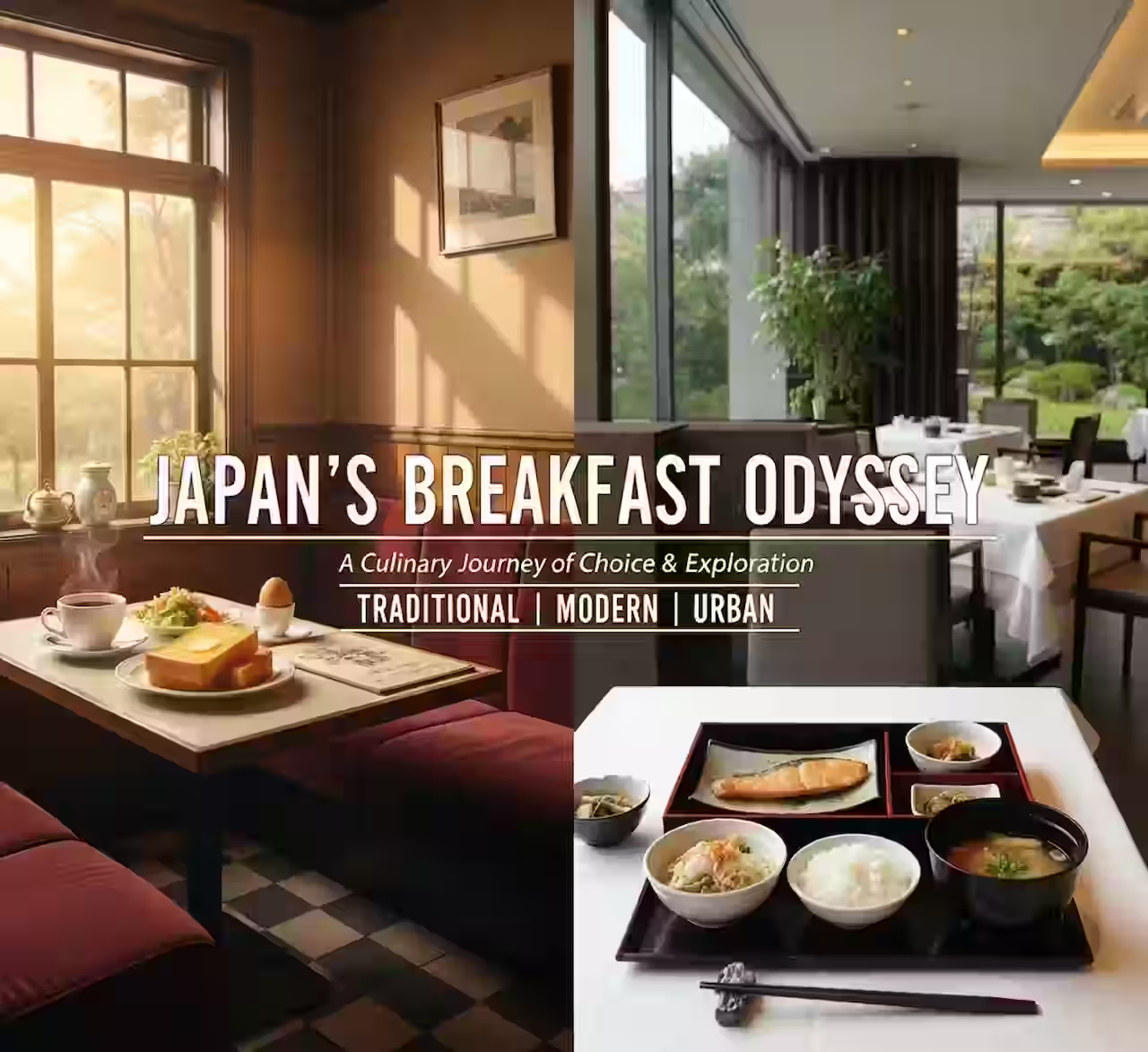

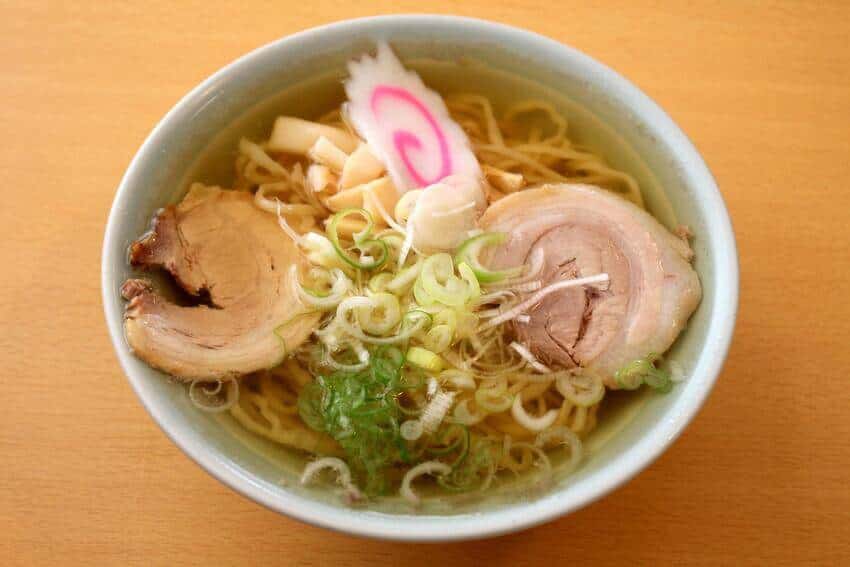


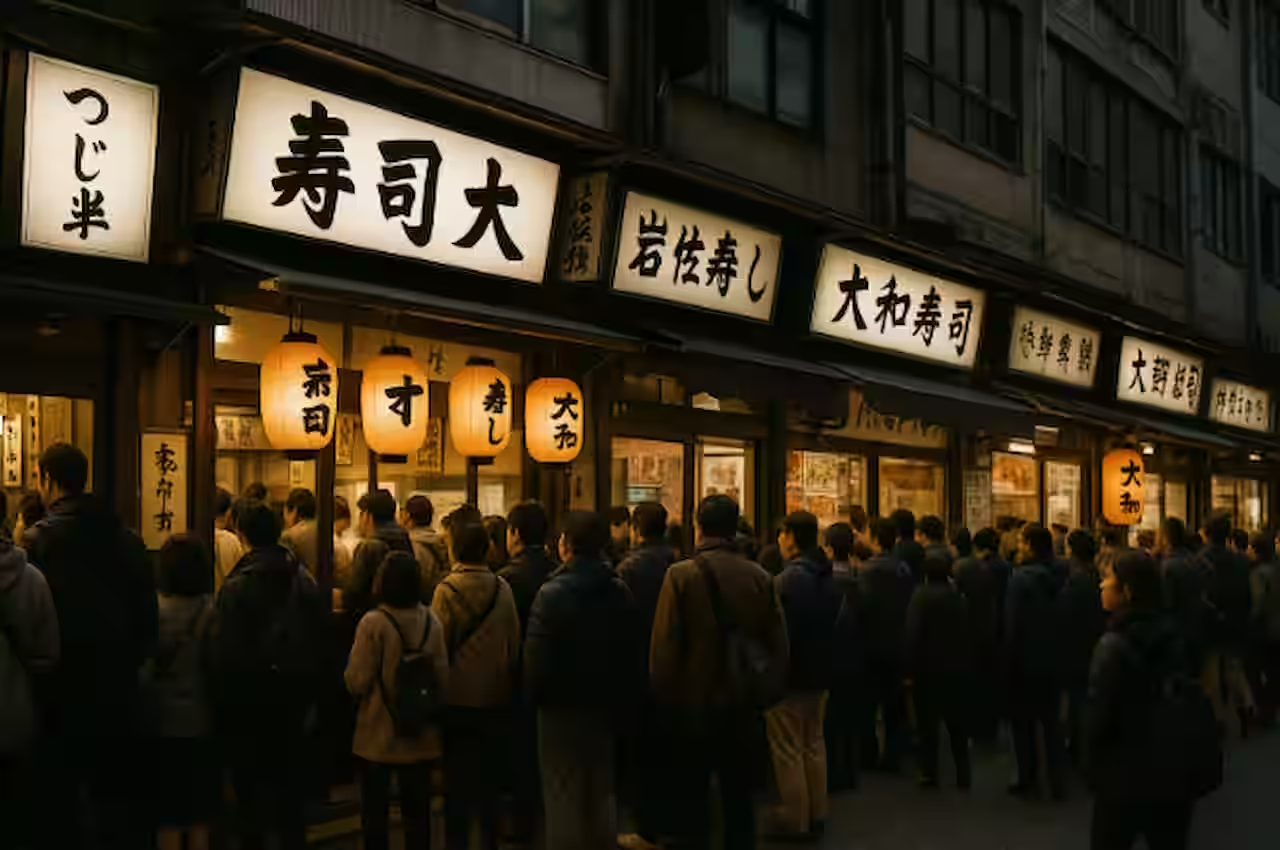
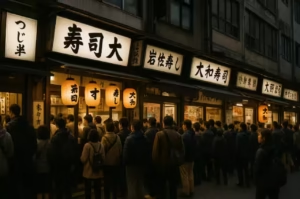

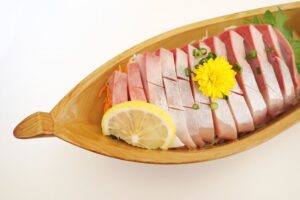
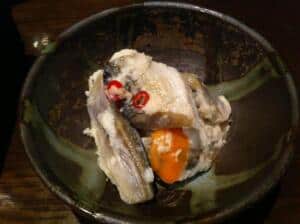

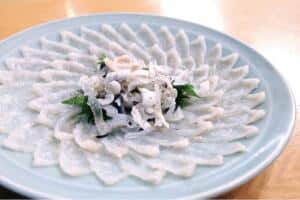
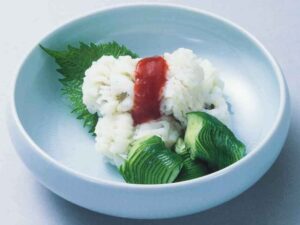
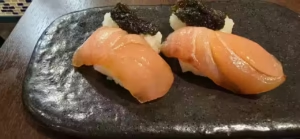
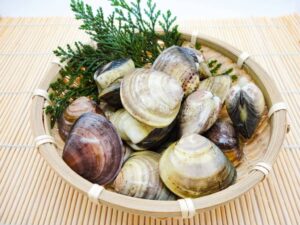
Comments